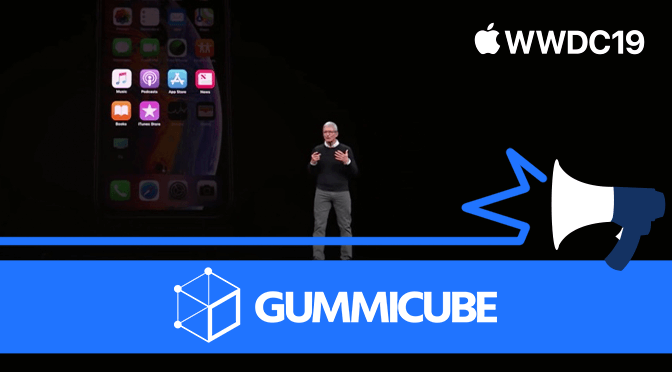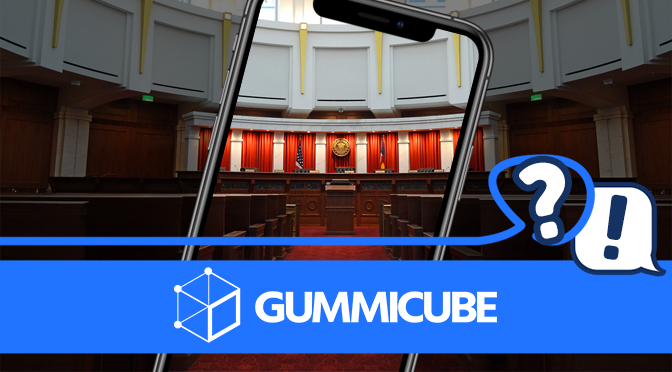
Warriors of Waterdeep App Store Spotlight
Posted on June 6th, 2019
Warriors of Waterdeep is a mobile game based off the “Dungeons & Dragons” tabletop RPG setting. In it, players collect and level up characters, explore dungeons and gather treasure. The next question is: is the game’s App Store Optimization leveled up, or is the App Store a dungeon with too high a challenge? For this week’s App Store Spotlight, we look at Warriors of Waterdeep and see if its ASO rolled a natural 20 or a critical fumble.












